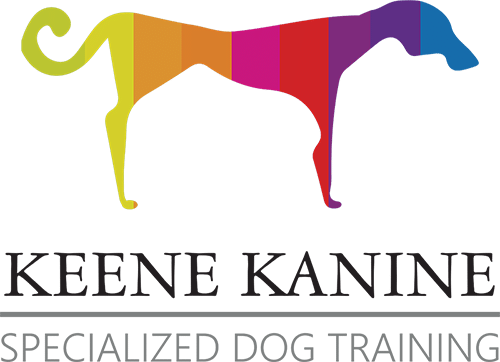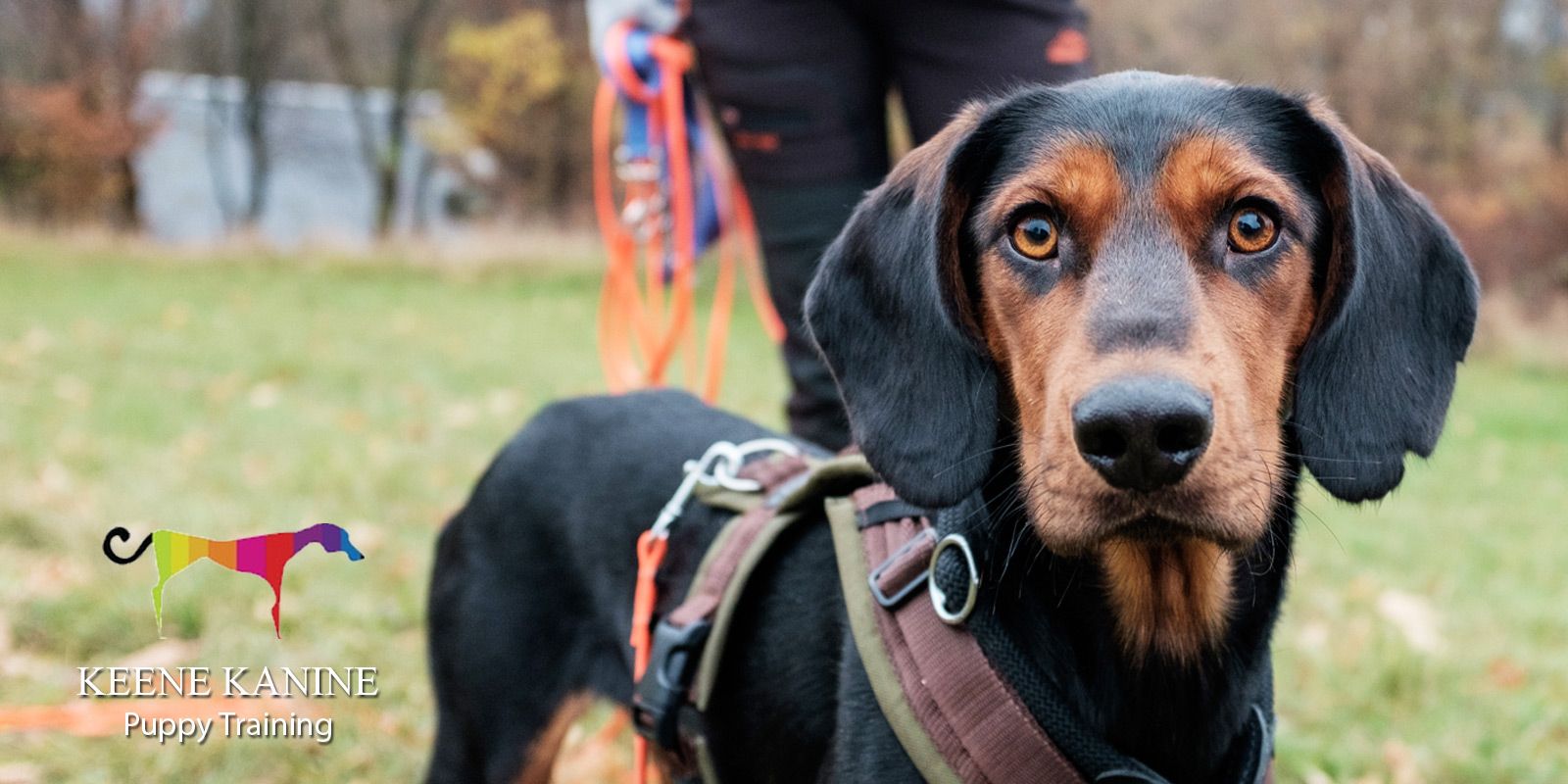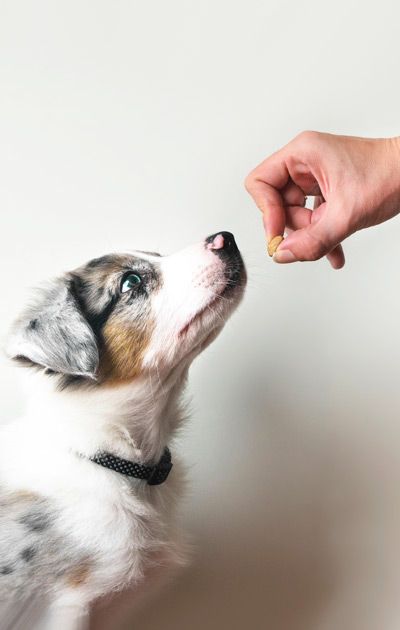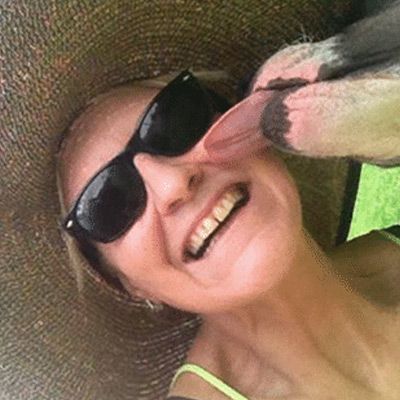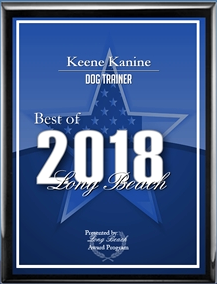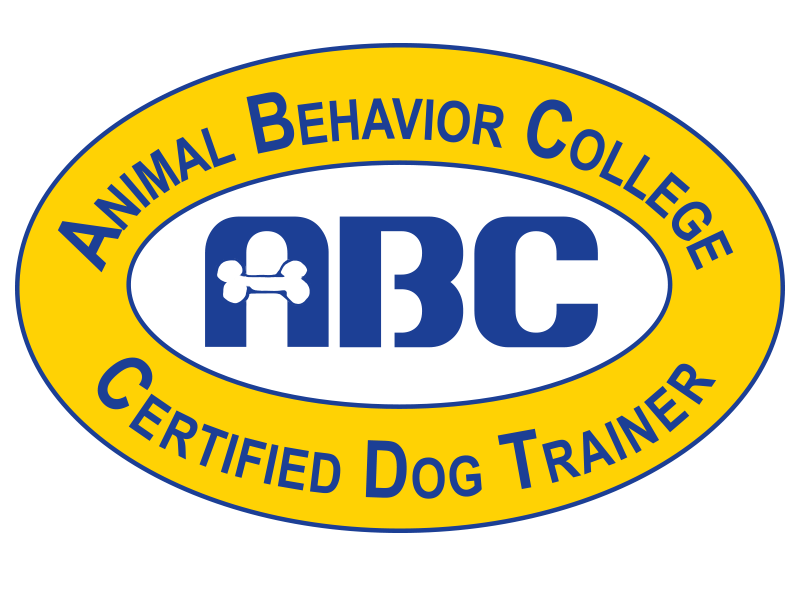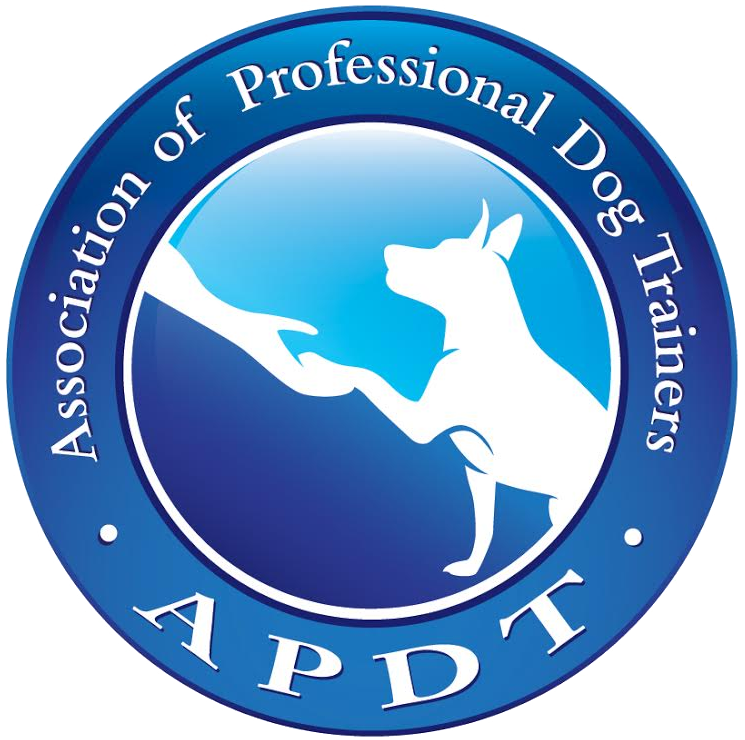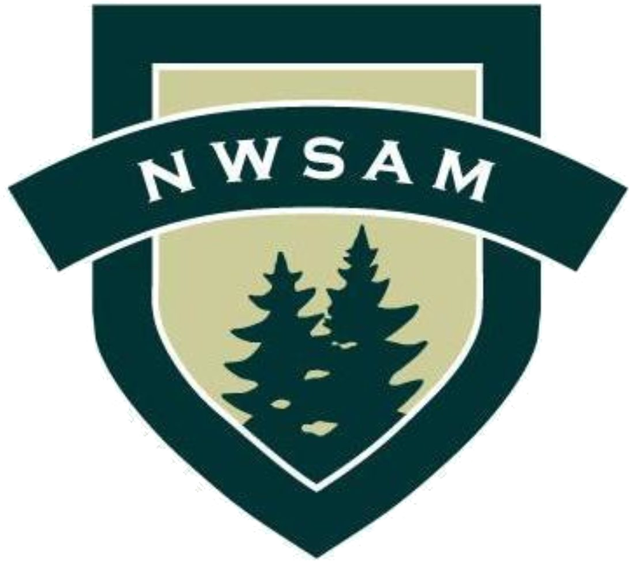Puppy Training by Maureen Keene of Keene Kanine
People often ask me if it is too early to start training their puppy. My answer is no, it's never too early to get started. Communicating clearly with a dog and letting them know what I like and dislike from the beginning is priceless.
-Maureen Keene, Puppy Trainer
Puppy Trainer in Long Beach and Serving all of Nassau County, NY
Puppy training is fun, hard work, and an ever-changing landscape of constant challenges and moving targets. Sometimes it seems like everything is happening at once, and sometimes nothing you want is happening at all!
Such is puppy training!
I will walk you through everything, from potty training to handling nipping and jumping and socializing your dog with other dogs, people, and even babies. Your dog will learn to walk nicely on a leash, and your dog will learn to come back to you when he's called.
Of course, your puppy will learn not to growl or bite. For potty, I teach crate training if you are utilizing a crate. I am also experienced with Wee-wee pads and other alternative methods. Once I get involved, your dog will not be jumping, nipping, mouthing, or grabbing your clothes, hands, and feet.
Most importantly, I teach and coach you to train your dog. This way, when I am out of the picture, you have the tools necessary to correct new behaviors that might arise, and you have the tools required to do advanced training if that is your goal.
Reward-Based Puppy Training Method
My reward-based training makes doing what we want fun and easy for your puppy, so there are no punishing ways as we shape his behavior and teach him right from wrong while the whole family has fun. For example, I will teach your dog not to jump on people when he meets them and not to grab food and beg inappropriately.
Communication is number one in establishing what I like and what I do not like on a minute-to-minute basis with a puppy. So much of a puppy's behavior is instinctual and automatic and pattern trained after what they have been doing for the first several weeks or months before you have gotten them.
They have no idea what they are doing is wrong, so instant, almost caveman-like communication is essential to sculpt the desired behavior and to nip away the unwanted moments and nuances as they arise.
All of the basic commands are taught with my dog training, including Sit and Stay, Lay Down and Come, and Drop it and Leave it. In addition, all commands are taught with hand signals in conjunction with verbal commands because, unlike us, dogs respond more quickly to a visual than audio.
I utilize tiny high-value food rewards as I teach my communication. This helps lure the dog in the right direction, thus captivating and commanding their complete attention. The positive food reward also helps them know they did good instead of wrong. In this case, the rewards must be tiny, just a taste, because you don't want to feed them.
Start Puppy Training Sooner Than Later
People often ask me if it is too early to start training their puppy; of course, my answer is no, it's never too early to get started. Communicating clearly with a dog and letting them know what I like and dislike from the beginning is priceless.
Often I get a call to get started training puppies later in the game. By this point there are usually several bad habits that we will need to break, so I am now modifying bad behaviors. I am working to break bad habits that have been going on for months instead of not having them go on, to begin with, by getting started on the right foot with the proper training.
The Importance of Exercise and Training
Puppies need lots of exercise to exhaust their endless energy. Unfortunately, most puppies do not have their shots to allow them to walk freely, so providing the exercise and activity necessary to exhaust a puppy is challenging. When I work with you, I help to provide the creative exercises and alternatives required to tire your dog.
A tired dog is a happy dog, especially in the puppy world. But, alas, when your puppy can finally go out freely, I will train your dog to walk nicely on the leash and not pull, bark, or jump on others. Then, if you are open to dog park adventures, we will visit dog parks together, or if you prefer, we will keep our socializing private, and we will get together in a yard with another age-appropriate puppy for puppy play socialization.
Freedom and Destructive Habits
When I train your dog, I come to your home or wherever we need to go to complete the training! Puppies can be very destructive in the house. They will look for anything hard and satisfying to put in their mouths when they are teething. That usually includes a coffee table and chair legs, crown molding, woodwork, shoes and boots, iPhones, and any remotes or wires around. They must be confined either behind a gate or in a crate or somehow held back from your prized possessions. This destruction not only results in the loss of your items but what the puppy is enjoying could also be very harmful to him and end up with a visit to your veterinarian.
Puppies that get access to eating things like socks, hair scrunchies, small balls, and batteries can result in a visit to the Vet and possibly an operation. It's a very costly procedure and to be avoided at all costs.
Puppies must be supervised 100% and kept in a very safe environment when left alone.
Puppy training includes teaching your puppy the appropriate chewing items versus what is inappropriate and not allowed. Some appropriate chewing items for your consideration
- Long bully sticks
- Large marrow-cut antlers
- Nyla bones or Benebones
- Kongs
- Water buffalo horns and elk horns or hooves
Eventually, we can trust our puppy in the home without destruction, but that time does not come for many months. So first, puppies need to learn freedom in the home. I often walk into a home where the puppy runs freely and pops out the front door when I arrive. They frequently run freely throughout an open-floor home without boundaries, with lots of potty accidents everywhere and signs of chewed-up furniture. When I get involved, we will agree on the appropriate confinement for the puppy.
Then, through clear communication and commands, we teach the puppy. And on a reward-based program, we slowly allow more freedom in the home as the puppy EARNS their freedom.
When we have accidents and setbacks, we realize that we have been given too much freedom. We will decide when it is time to give our puppy a full range of the house when he has proved that he is trustworthy and when he earns the freedom in the house.
Puppies and the Front Door
I'm very careful about front doors with training puppies. I teach all puppies to great guests away from the front door, so there's no chance they will run onto the street. I teach puppies to go to their place when the doorbell rings, and they can wait in their place and settle until the guest comes over to greet them.
The front door is a hotspot for training of a dog and particularly with puppy training. Puppies tend to want to run out the front door as if it were a magnet pulling them through. I teach a puppy to desensitize to the front door's opening so that I reduce that magnetic pull and thus reduce the chance of them darting through to their possible demise.
Additionally, nobody likes a jumping dog as they enter a home. The front door is the most likely place that the dog will jump out of excitement to see you coming through that wonderful front door. So by teaching them to greet farther away from the front door, we also teach them self-control. Greeting you in their place is rewarding, while jumping is not. Puppies eventually grow up to be adult dogs, and jumping becomes a more serious issue. A large adult jumping dog could easily hurt someone walking in a front door.
Let's Teach Your Puppy The Job You Want Them To Have
As I have discussed, young adult dogs often look for a job. That job very frequently involves guarding that front door. Suddenly your friendly puppy who loved everybody is now barking at your friends coming in the front door and possibly growling at them.
Specific puppy training early on in the front door area helps the dog succeed by decreasing the chance of guarding your front door later. Everything we do training puppies is geared towards our life with them later and what we want them to act like down the road. For example, if we don't want them jumping on our friends coming in and we don't want them jumping and ruining our beautiful clothes, we teach them not to jump when they are little so that by the time they are adult dogs, they know.
If we have a little puppy pulling us on the leash, we remember that it will be a bigger dog, and we want to do the appropriate puppy leash training now. Puppy training is a lot of work and an investment in a wonderful future positive experience with your dog.
Contact Maureen for a Free Dog Training Consultation!
With puppy training, we are laying the groundwork for our ability to communicate with our dog For a lifetime. We can see bad habits emerging with training puppies and nip them in the bud before they become big problems. We remember with puppy training that nipping, jumping, pulling, chewing randomly, and peeing and pooping everywhere are all natural dog behaviors.
It is our job when we bring a puppy into our world to train him and show him what we like, and we do what we do not like. We help mold him into the best puppy that he can be! Every puppy is different, and my approach to training is unique, personalized, and designed to work with every family, puppy, and household. Let's introduce your dog to Maureen and see just how well they get along!
Please contact Keene Kanine today!

